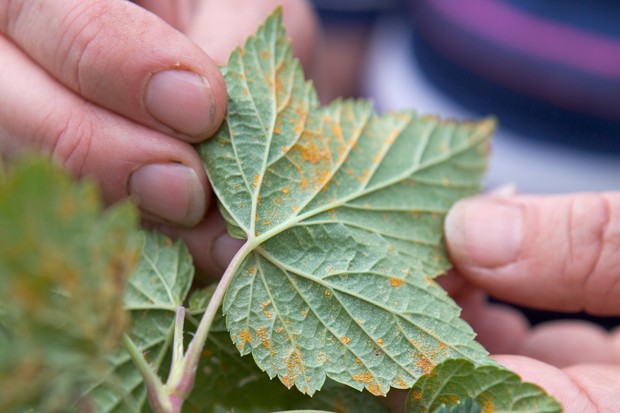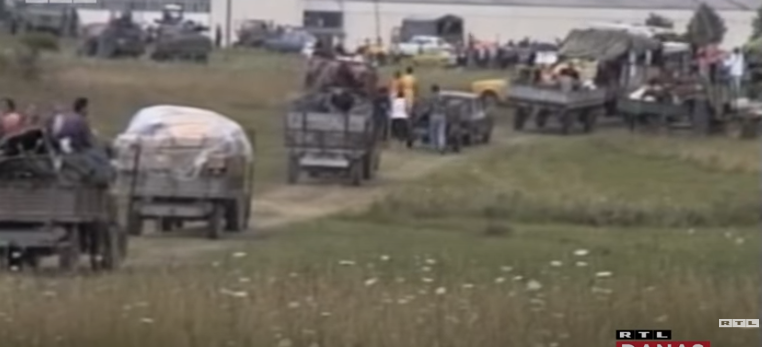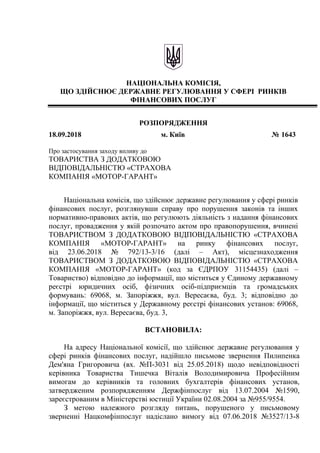Grow Your Own Cassis Blackcurrant: A Planting And Care Guide

Table of Contents
Choosing the Right Cassis Blackcurrant Variety & Location
Selecting the right Cassis blackcurrant variety is crucial for a successful harvest. Different varieties offer unique characteristics in terms of yield, disease resistance, and flavor profile. Popular choices include 'Ben Sarek' and 'Titania'.
- 'Ben Sarek': Known for its high yield and excellent disease resistance, making it a great choice for beginner growers. It produces large, flavorful berries.
- 'Titania': Produces a slightly smaller berry but boasts exceptional flavor and a high level of vitamin C. It's also relatively disease-resistant.
Pros and Cons of Popular Cassis Varieties:
| Variety | Pros | Cons |
|---|---|---|
| Ben Sarek | High yield, disease-resistant, large berries | Can be less flavorful than some varieties |
| Titania | Excellent flavor, high vitamin C, disease-resistant | Smaller berry size |
Finding the perfect location is just as important as choosing the right variety. Your Cassis blackcurrant bushes need a sunny spot with well-drained soil and protection from strong winds.
- Sunlight: At least 6 hours of direct sunlight per day.
- Soil: Slightly acidic soil (pH 6.0-6.5) is ideal. Amend heavy clay soils with organic matter like compost to improve drainage. Avoid waterlogged areas.
Planting Your Cassis Blackcurrant Bushes
The best time to plant Cassis blackcurrants is in early spring or autumn. This allows the roots to establish themselves before the heat of summer or the freeze of winter.
Planting Depth and Spacing:
Plant your Cassis bushes at the same depth they were growing in their container. Space them approximately 1-2 meters apart to allow for proper air circulation and growth.
Step-by-Step Planting Instructions:
- Dig a hole twice as wide as the root ball.
- Gently remove the Cassis plant from its container, loosening any circling roots.
- Place the plant in the hole, ensuring the top of the root ball is level with the ground.
- Backfill the hole with soil, gently firming it around the roots.
- Water thoroughly.
Supporting Structures:
Cassis blackcurrants can become quite sprawling. Providing support through trellising or staking helps prevent this and maximizes fruit production.
- Trellising: Use sturdy posts and wires to create a trellis system.
- Staking: Individual stakes can be used to support younger plants.
Ongoing Care of Your Cassis Blackcurrant Plants
Regular care is essential for healthy Cassis blackcurrant bushes and a bountiful harvest.
Watering Requirements:
Water regularly, especially during dry periods. Avoid overwatering, which can lead to root rot.
- Signs of underwatering: Wilting leaves, dry soil.
- Signs of overwatering: Yellowing leaves, soggy soil.
Fertilizing:
Cassis blackcurrants benefit from regular fertilization to support healthy growth and fruit production. Use a balanced fertilizer, either organic or synthetic, following package instructions.
- Organic fertilizers: Compost, manure.
- Synthetic fertilizers: Balanced NPK fertilizers.
Pruning Techniques:
Pruning is crucial for maximizing yield and preventing disease. It involves removing old, unproductive canes and shaping the bush.
- Summer Pruning: Remove any diseased or damaged canes.
- Winter Pruning: Remove the oldest canes (usually 3-4 years old), leaving behind younger, more productive canes.
Pest and Disease Control:
Cassis blackcurrants can be susceptible to pests like aphids and diseases like mildew.
- Aphids: Use insecticidal soap or neem oil.
- Mildew: Improve air circulation by pruning and spacing plants appropriately.
Protecting Your Cassis Blackcurrant Harvest
Protecting your precious berries from pests and weather is vital for a successful harvest.
- Netting: Use bird netting to protect your Cassis blackcurrants from birds. Install the netting before the berries ripen.
- Frost Protection: Cover your bushes with frost cloth during late spring frosts to prevent damage.
Harvesting and Storing Your Cassis Blackcurrants
Harvest your Cassis blackcurrants when they are fully ripe and plump, usually in late summer or early autumn.
Identifying Ripe Berries:
Ripe Cassis berries are dark purple-black and easily detach from the bush.
Harvesting Methods:
Gently pick the berries, avoiding damaging the bushes.
Storage Options:
- Fresh: Store in the refrigerator for a few days.
- Frozen: Freeze for longer storage.
- Jams and Jellies: Preserve your harvest by making delicious jams and jellies.
Conclusion
Growing your own Cassis blackcurrants offers a rewarding experience, providing delicious berries for pies, jams, and even homemade Cassis liqueur. By following this guide and implementing the tips and techniques outlined above, you'll be well on your way to a bountiful harvest. Remember, careful selection of your Cassis blackcurrant variety, proper planting, and consistent care are key to success. So, start planning your own Cassis blackcurrant patch today and enjoy the fruits (or berries!) of your labor! Start growing your own delicious Cassis blackcurrants now!

Featured Posts
-
 Gender Reveal Peppa Pigs Parents Share The Exciting News
May 22, 2025
Gender Reveal Peppa Pigs Parents Share The Exciting News
May 22, 2025 -
 Moncoutant Sur Sevre Et Clisson Une Histoire De Diversification Centenaire
May 22, 2025
Moncoutant Sur Sevre Et Clisson Une Histoire De Diversification Centenaire
May 22, 2025 -
 Vybz Kartel Electrifies Brooklyn Sold Out Concerts Captivate Fans
May 22, 2025
Vybz Kartel Electrifies Brooklyn Sold Out Concerts Captivate Fans
May 22, 2025 -
 La Petite Italie De L Ouest Surprise Architecturale Et Influences Toscanes
May 22, 2025
La Petite Italie De L Ouest Surprise Architecturale Et Influences Toscanes
May 22, 2025 -
 The Goldbergs The Shows Impact On Pop Culture
May 22, 2025
The Goldbergs The Shows Impact On Pop Culture
May 22, 2025
Latest Posts
-
 Vanja Mijatovic Detalji O Razvodu I Borbi Protiv Traceva
May 22, 2025
Vanja Mijatovic Detalji O Razvodu I Borbi Protiv Traceva
May 22, 2025 -
 Abn Amro Huizenprijzen Betaalbaar Geen Stijl Reageert
May 22, 2025
Abn Amro Huizenprijzen Betaalbaar Geen Stijl Reageert
May 22, 2025 -
 Abn Amro Bonus Controversy Potential Penalties From Dutch Regulator
May 22, 2025
Abn Amro Bonus Controversy Potential Penalties From Dutch Regulator
May 22, 2025 -
 Razvod Vanje Mijatovic Sta Se Zapravo Dogodilo
May 22, 2025
Razvod Vanje Mijatovic Sta Se Zapravo Dogodilo
May 22, 2025 -
 Analiz Rinku Finansovikh Poslug Ukrayini Uspikh Credit Kasa Finako Ukrfinzhitlo Atlanti Ta Credit Plus U 2024 Rotsi
May 22, 2025
Analiz Rinku Finansovikh Poslug Ukrayini Uspikh Credit Kasa Finako Ukrfinzhitlo Atlanti Ta Credit Plus U 2024 Rotsi
May 22, 2025
